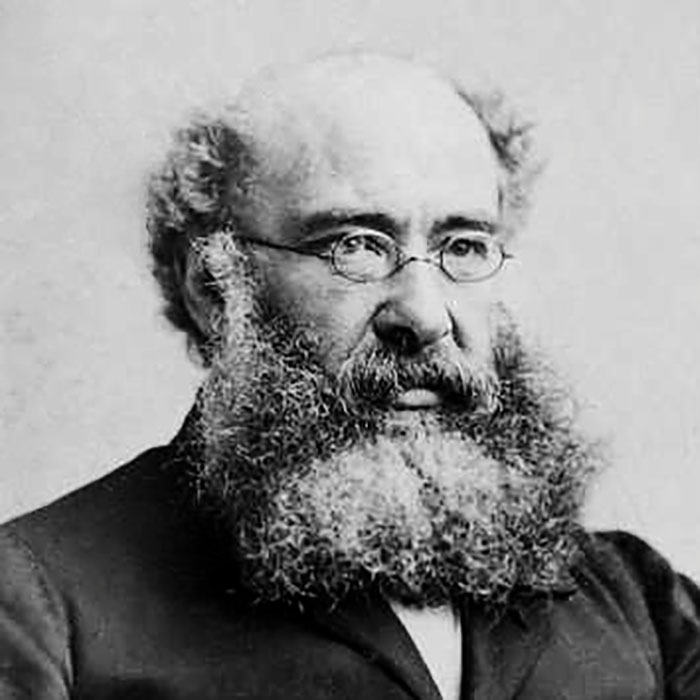
Beginning with his first novel in 1847, Anthony Trollope wrote at an incredible pace. Over the next 38 years, he published 47 novels, 18 works of non-fiction, 12 short stories, 2 plays, and an assortment of articles and letters.
Trollope achieved his incredible productivity by writing in 15-minute intervals for three hours per day.
His strategy is explained in Mason Currey’s book, Daily Rituals (audiobook):
“It had at this time become my custom,—and is still my custom, though of late I have become a little lenient of myself—to write with my watch before me, and to require of myself 250 words every quarter of an hour…
This division of time allowed me to produce over ten pages of an ordinary novel volume a day, and if kept up through ten months, would have given as its results three novels of three volumes each in the year…”
—Anthony Trollope
Trollope’s approach may seem simple on the surface, but there is more going on here than it may appear at first glance.
Let’s break down why this strategy allowed the author to be so productive and how we can use it in our own lives.

If you want more practical ideas for breaking bad habits and creating good habits, check out my book Atomic Habits, which will show you how small changes in habits can lead to remarkable results.
When it comes to getting things done, I have experienced the best results when I rank my priorities based on their true importance and do the most important thing first. Whenever possible, I believe this is the best strategy because it forces you to direct your energy to the tasks of highest value.
There is one common problem with this approach:
After ranking your priorities for the day, if the number one task is a really big project then it can leave you feeling frustrated because it takes a long time to finish.
For example, last week I was working on a project that took two days to complete. On Tuesday morning, when I began the task, I knew I wouldn’t be able to finish it that day. Even though I knew I would work all day without completing the task, I still found myself feeling frustrated by mid-afternoon. It was 4 p.m. and I had spent all day working on the most important task, yet the only thing I had to show for my work was an unfinished project. My to-do list was just as long as it was in the morning, even though I was spending my time in the correct way.
I was doing the right thing, but it can still be disheartening to be stuck on Task #1 when you’ve been working all day. These feelings of frustration are a possible downside of the prioritized to-do list.
Anthony Trollope, however, developed a solution to this common problem.
Anthony Trollope was in the business of writing books and writing a book is a big project. It is not the type of task that you can complete in a day. In some cases, merely writing a chapter is too big a task for a single day.
However, instead of measuring his progress based on the completion of chapters or books, Trollope measured his progress in 15-minute increments. This approach allowed him to enjoy feelings of satisfaction and accomplishment very quickly while continuing to work on the large task of writing a book.
This is a big deal for two reasons:
I have found this second point, the speed with which you complete your first task of the day, to be of particular importance for maintaining a high productive output day after day.
Anthony Trollope didn’t have to wait three months to feel a sense of accomplishment from completing his book nor did he have to wait three days until he finished a chapter. Every fifteen minutes he could check his progress. If he wrote 250 words, he could mentally check that time block off his list and feel a sense of immediate accomplishment.
Trollope’s 15-minute writing block was a well-designed progress meter that allowed Trollope to “get to finished” faster while still working on a big task. He received the long-term value of working on the most important things and the immediate payoff of finishing each little time block quickly.
You can employ a similar strategy for tasks besides writing, of course. For example, rather than measuring his progress on a bigger task like monthly revenue, Trent Dyrsmid tracked each sales call he made with a paper clip.
The basic idea is to design a way to get rapid feedback while working on bigger projects. The faster we get feedback that we are moving in the right direction, the more likely we are to continue moving that way.
Work for the long-term. Measure your progress for the short-term.